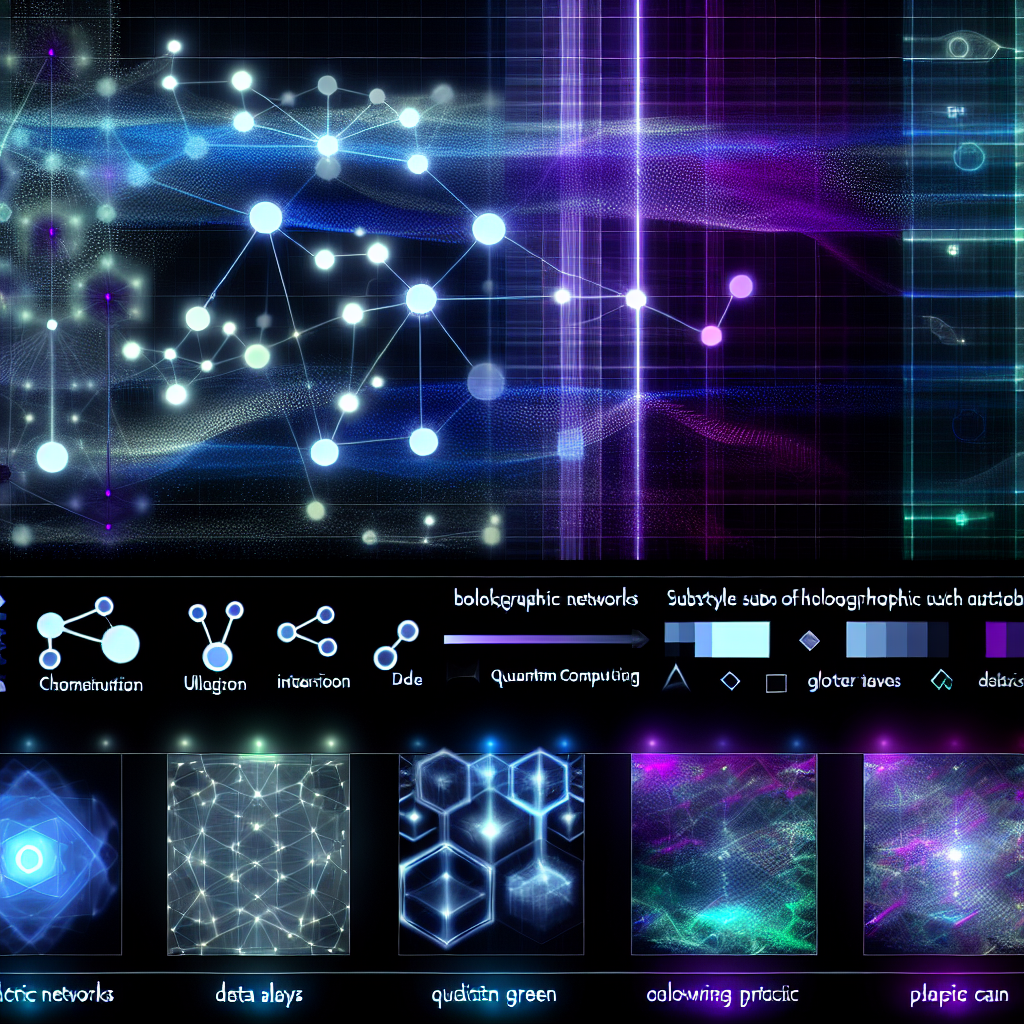Blockchain Testing and Debugging
Blockchain technology has rapidly evolved, captivating the attention of developers, investors, and businesses alike. Yet, as the complexity of blockchain applications increases, so does the necessity for rigorous testing and debugging. The decentralized nature of blockchain presents unique challenges, making it imperative to adopt best practices in testing and debugging processes. This article delves into the essential strategies that can enhance the reliability and security of blockchain applications.
Understanding Blockchain Testing
At its core, blockchain testing refers to the process of validating the functionality, performance, and security of blockchain networks and applications. Unlike traditional software testing, blockchain testing requires an understanding of decentralized architectures and consensus mechanisms. Testers must ensure that the nodes operate correctly, transactions are validated properly, and the system as a whole adheres to its intended protocols.
The testing process can be divided into several key categories. These include unit testing, integration testing, system testing, and acceptance testing. Each type serves a distinct purpose in the overall quality assurance process. Unit testing focuses on individual components, integration testing examines interactions between modules, system testing evaluates the entire application, and acceptance testing verifies that the application meets user requirements.
Best Practices for Blockchain Testing
To ensure that blockchain applications function seamlessly, developers should adhere to established best practices throughout the testing phase. One of the first steps is to adopt a comprehensive testing strategy that encompasses all aspects of the application. This includes not just functionality but also performance, security, and user experience. A holistic approach to testing mitigates the risk of overlooking critical issues that could lead to significant vulnerabilities.
Another vital best practice is the use of automated testing tools. Automation streamlines the testing process, allowing for faster execution and more consistent results. With the complexity of blockchain networks, manual testing can be both time-consuming and error-prone. Automated tools can simulate various conditions and scenarios, ensuring that the application performs as expected under diverse circumstances. Moreover, they facilitate continuous integration and continuous deployment (CI/CD) practices, which are essential for agile development environments.
In addition to automation, it is crucial to maintain a robust testing environment that mirrors the production environment as closely as possible. This enables developers to identify issues early in the development cycle and ensures that the application behaves consistently when deployed. Creating a separate testing environment allows for experimentation and testing without affecting the live system.
Security Testing and Vulnerability Assessment
Security is arguably the most critical aspect of blockchain applications. Given the decentralized and immutable nature of blockchain technology, a single vulnerability can have catastrophic consequences. Therefore, incorporating security testing into the blockchain testing process is non-negotiable. This includes conducting thorough vulnerability assessments and penetration testing to identify potential weaknesses in the system.
Vulnerability assessments focus on identifying security flaws within the application, while penetration testing simulates real-world attacks to evaluate how the system withstands them. Both approaches should be integrated into the development lifecycle, rather than being an afterthought. By identifying vulnerabilities early, developers can address them proactively, reducing the risk of exploitation.
Moreover, it is essential to keep abreast of the latest security threats in the blockchain space. The landscape is ever-changing, with new vulnerabilities emerging regularly. Engaging with the community and staying informed about recent breaches, exploits, and best practices can help developers fortify their applications against potential attacks.
Debugging in Blockchain Development
Debugging is an integral part of the development process, particularly when working with blockchain. The decentralized nature of blockchain means that traditional debugging techniques may not always apply. Debugging in this context involves analyzing the blockchain’s state, transaction history, and smart contract execution to identify and resolve issues.
One effective approach to debugging is to utilize blockchain explorers. These tools allow developers to inspect the blockchain’s state in real-time, viewing transactions and contract interactions. By analyzing the data on the blockchain, developers can pinpoint discrepancies and understand the root cause of issues. Additionally, many blockchain platforms offer built-in debugging tools that facilitate the inspection of smart contracts and their execution.
Logging and monitoring are also crucial components of the debugging process. Comprehensive logs provide insights into the application’s behavior, making it easier to identify anomalies. Implementing effective monitoring solutions enables developers to track performance metrics and detect issues proactively. This not only aids in debugging but also enhances overall application reliability.
Continuous Learning and Adaptation
The blockchain ecosystem is dynamic, with new technologies, frameworks, and best practices emerging regularly. Developers must commit to continuous learning and adaptation to stay ahead of the curve. Engaging with the blockchain community, attending workshops, and participating in hackathons can provide valuable insights and foster collaboration.
Additionally, developers should embrace feedback from users and stakeholders. User acceptance testing (UAT) is an invaluable opportunity to gather input from real-world users, allowing developers to refine the application before its final release. Incorporating user feedback not only improves the application but also enhances its overall usability and satisfaction.
Conclusion: A Path Towards Robust Blockchain Applications
As blockchain technology continues to permeate various sectors, the importance of effective testing and debugging cannot be overstated. By implementing best practices, developers can ensure the reliability, security, and performance of their blockchain applications. A comprehensive testing strategy, automated tools, a robust testing environment, and a commitment to security are essential components of this process.
Moreover, the evolving nature of the blockchain landscape necessitates a proactive approach to learning and adaptation. Engaging with the community and incorporating user feedback can lead to continuous improvement and innovation. Ultimately, a rigorous testing and debugging approach is not merely a checklist item; it is a foundational element that underpins the success and longevity of blockchain applications in an increasingly complex digital world.


